INTIMACY ABOVE ALL: Montblanc x Naruto
Masashi Kichimoto’s best-selling Naruto manga series, now 20 years running, tells the story of a young ninja coming of age. Seeking to distinguish himself among peers and foes, and establish his own identity while inheriting tradition, the titular character learns from legendary greats and, eventually, passes his experience down to pupils of his own. The Montblanc x Naruto collection, which dropped in Tokyo last month, is another story of cultural lineage and intergenerational dialogue. The cross-category line of accessories, leather goods, smart watches, and, of course, writing instruments is also a way Montblanc is continuing to honor its relationship to the pen, both as an object to hold and as a lasting yet always-evolving symbol. For the label’s current creative director, Marco Tomasetta, the luxury label’s signature product is emblematic of storytelling, of transmission, and of truth found in self-expression – qualities enhanced and reflected in new ways, and using new technologies, by the brand’s latest collaboration.
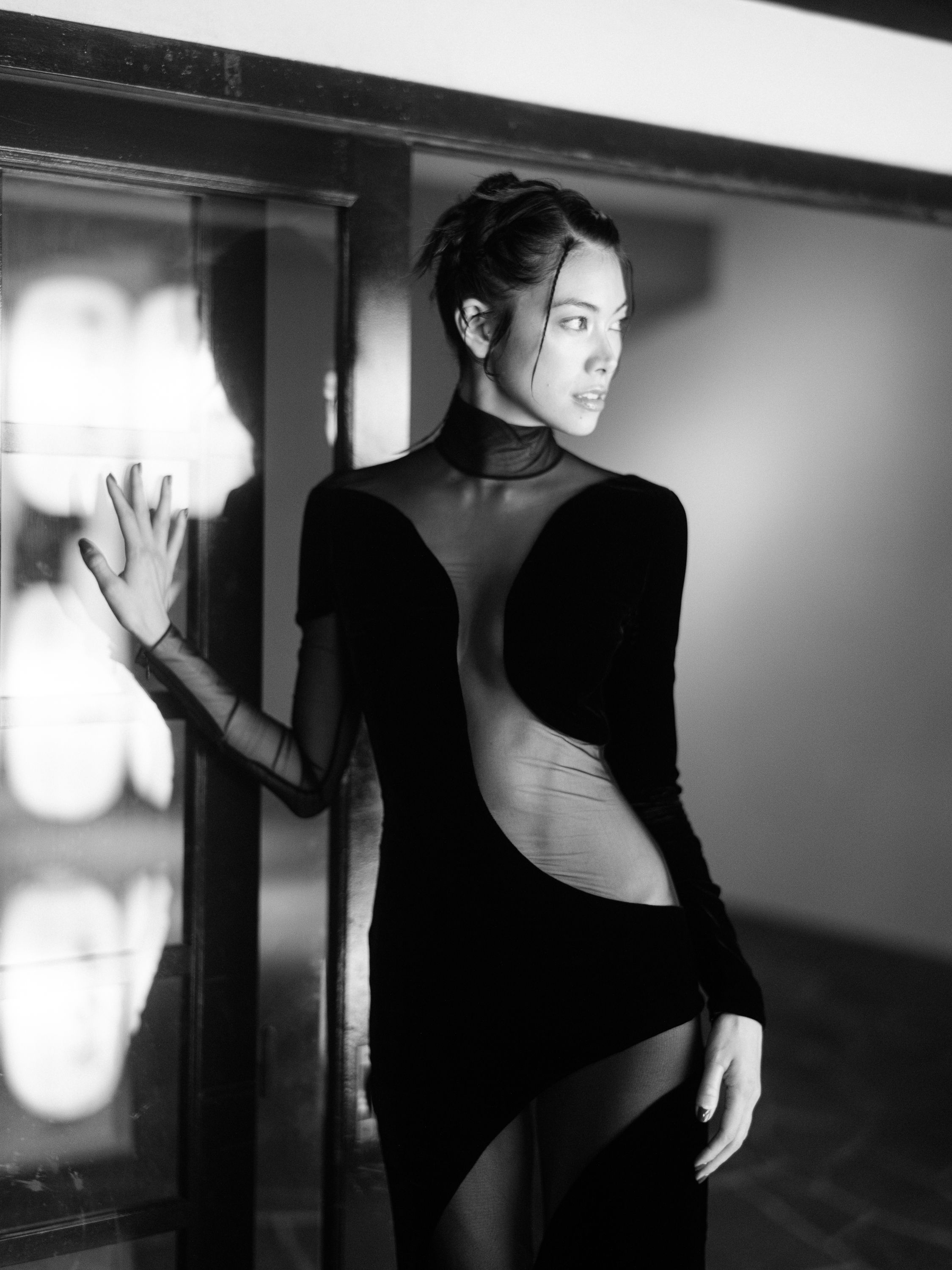
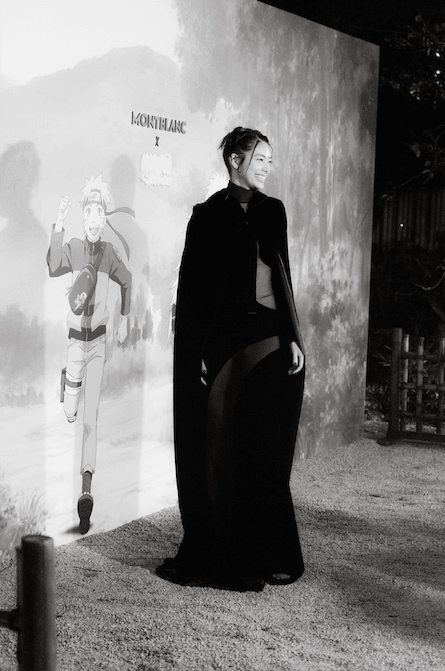
How did the Naruto collaboration come to be? How does it represent how you are thinking about Montblanc since joining the company?
Since I joined Montblanc as creative director a year and a half ago, my philosophy has been to take writing as a consistent point of departure. What I find interesting and surprising is to interpret and to express the value of writing, which is universal. The idea is to express all the art forms, all the infinite things that one can do – whether it’s a sketch or a drawing, whether you are writing a book or composing a piece of music – that connect to or begin with putting pen to paper. The Naruto collaboration connects writing to manga, which has a truly important heritage as a form of artistic expression. There are so many ways in which manga and anime express the importance of writing and testify to its universal value in creating connection and transmitting knowledge. Also, Naruto just turned 20 years old. The people who grew up alongside this anime, around the world, represent a super important generation.
Does the Naruto pairing serve to transmit Montblanc values to that generation?
Well, when you think about manga in a store, you think of comic books, maybe commercial printing on cheap materials. I thought it would be interesting to do a collaboration with a famous manga artist and make it really about the printing and the leatherwork, and to play with the values typically assigned to these different fields by pairing these drawings with this very high quality of leather. I selected forms from my collection of leather goods that I thought would be the most proximate to this very special, very beloved manga. The technology we used to print is super modern, super high-tech. The impression we made is not flat, but in relief, so it gives the product a weight and a classicism and a new level of material depth that one doesn’t associate with the typical printed product. I was at Vuitton for ten years, and I was there for the Murakami collaboration.
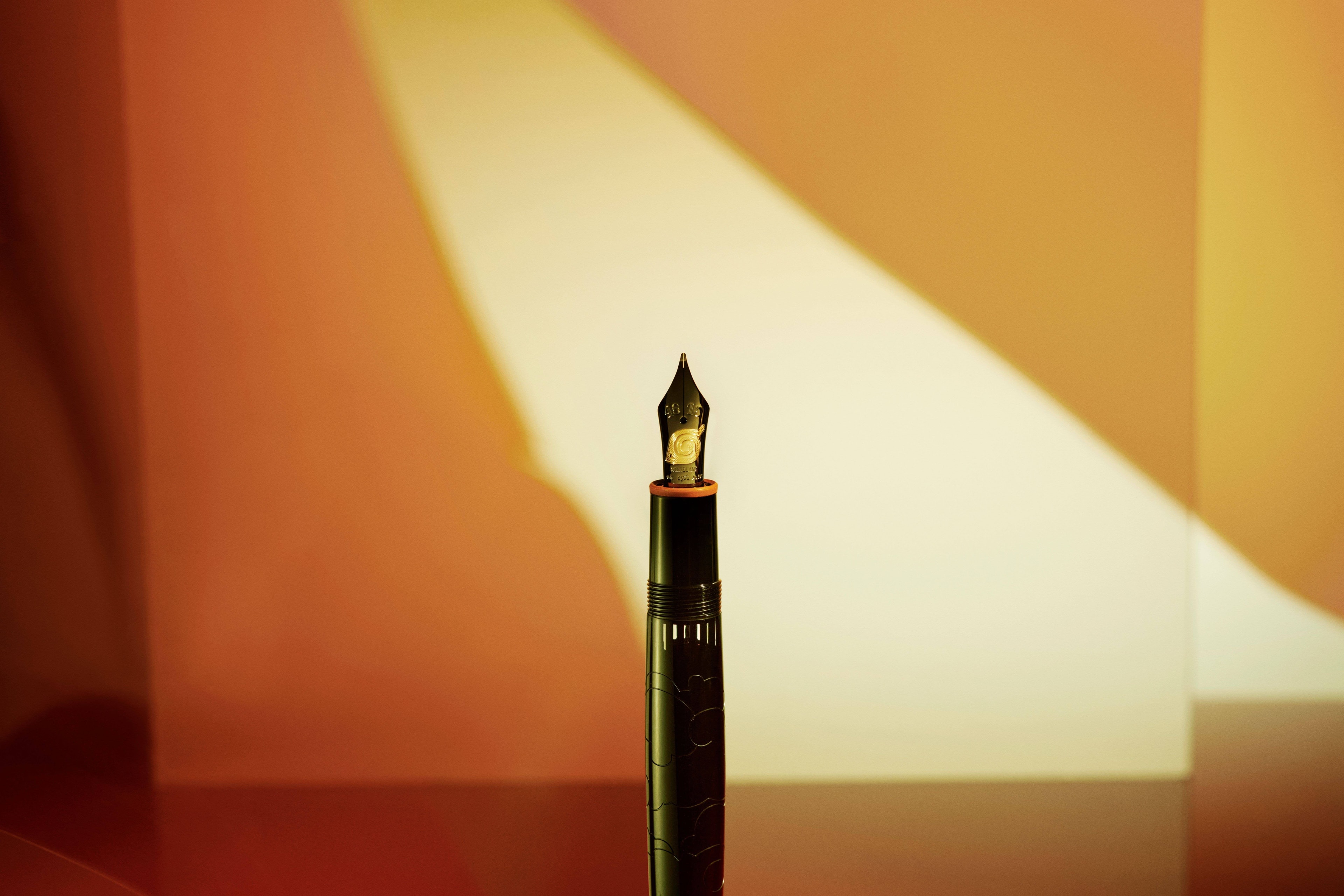
That was a game-changer for what we now think of as collaborations.
Yes, and when we printed the series on monograms for the first time, it was super flat. This was a long time ago, of course, in the early 2000s. The technology for printing on leather has advanced a lot since then. The production quality on the Naruto project is just so superior to what we’ve seen historically in these types of collaborations. And that was the idea: to elevate an argument on both sides, to bring anime to a luxury brand, and to announce that brand – and its core product, the writing implement – to a new generation. I have this sense of responsibility toward this well-known object [wielding Montblanc pen] that you can hold here, in your hand. This is not something that came to me when I came to Montblanc, either. It’s almost a personal mission. This object is something you can have in your hands when you are little. It is your father’s pen; it is your grandfather’s pen; it is an implement that has been a part of many lives. It is iconic. Through it, you can express yourself. I see sort of a difficulty in terms of the new generation’s ability to express itself with just their telephones. Smart phones of course can help you do that, but I want to give a message to the new generation to continue to write. Screens can have a disconnective effect sometimes. Personally, I feel disconnected by the telephone – specifically from the self. When you write, when you draw, you are connected to your own interiority. It is incredibly important for an artist to be able to connect to that.
This relationship, or this identification of writing as a part of or even synonymous with these other creative forms of expression – is this a connection you made specifically at Montblanc?
I have always drawn. And I was 20 when I received my first Montblanc as a gift. It was a creative director who gave it to me. I still have it. It is a Leonardo model, which has a sketch pencil inside, and I still use it to draw. I know some designers use a phone or computer to draw, but I don’t. I can’t use a “cold” object for that.
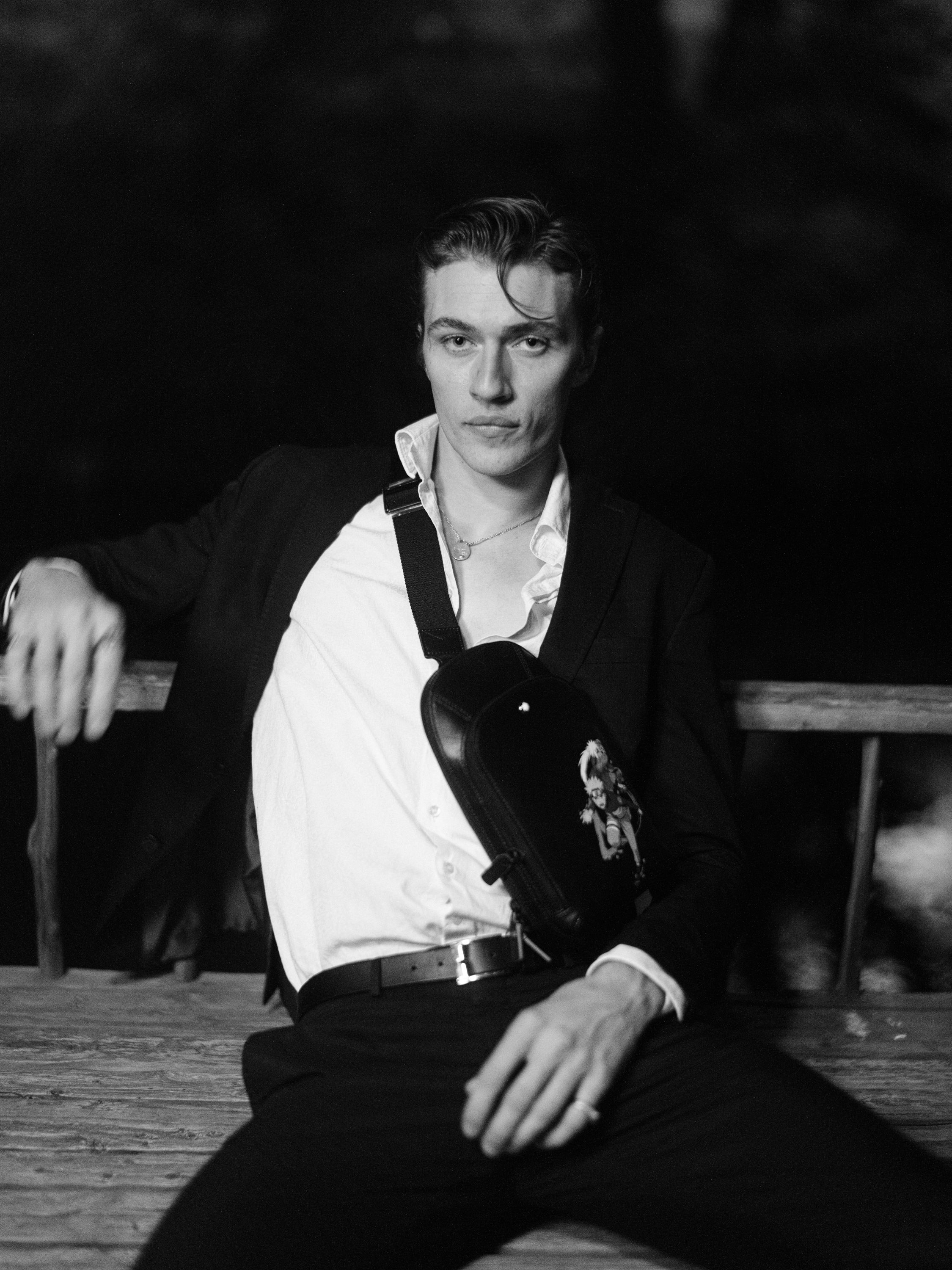
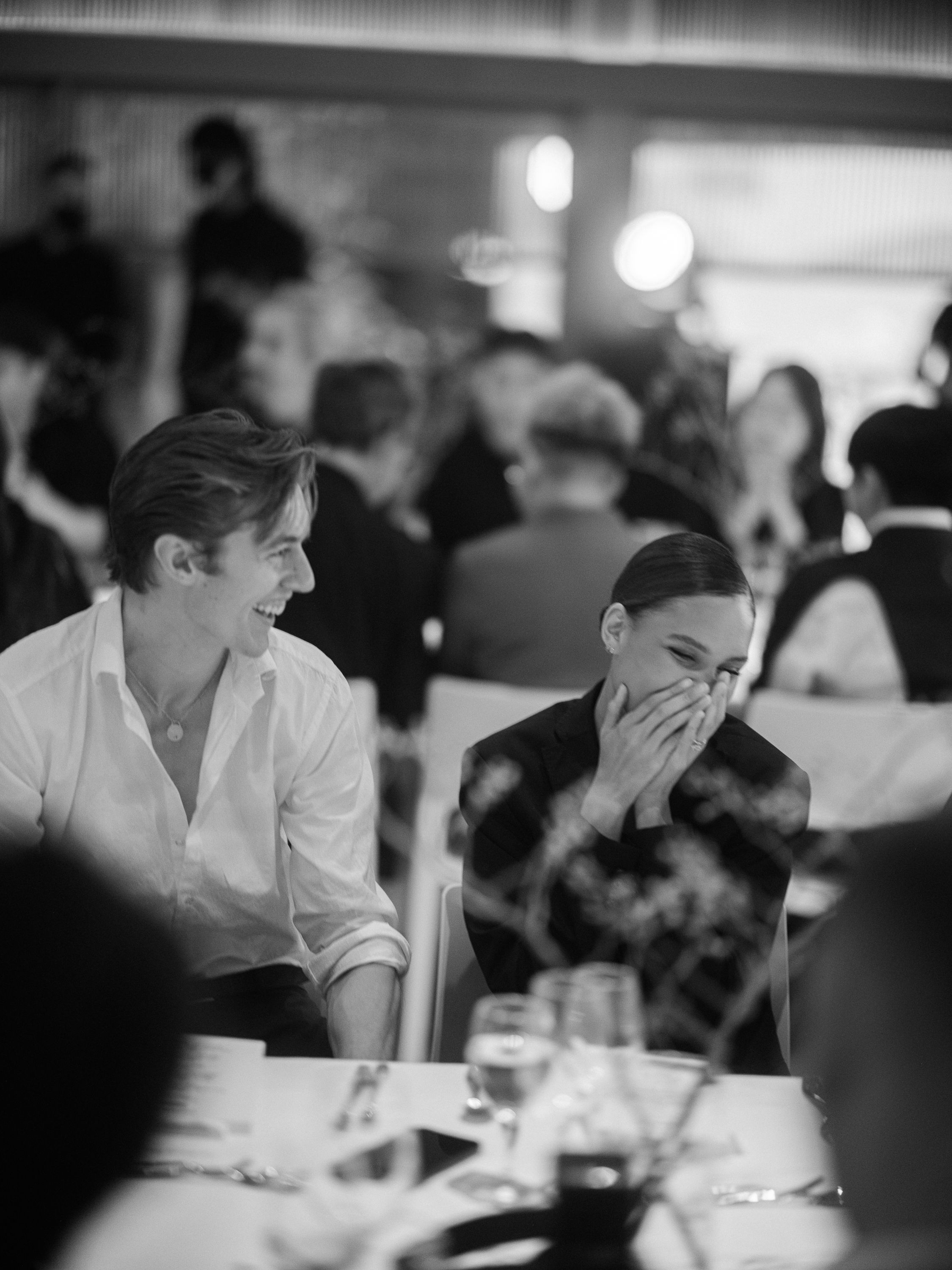
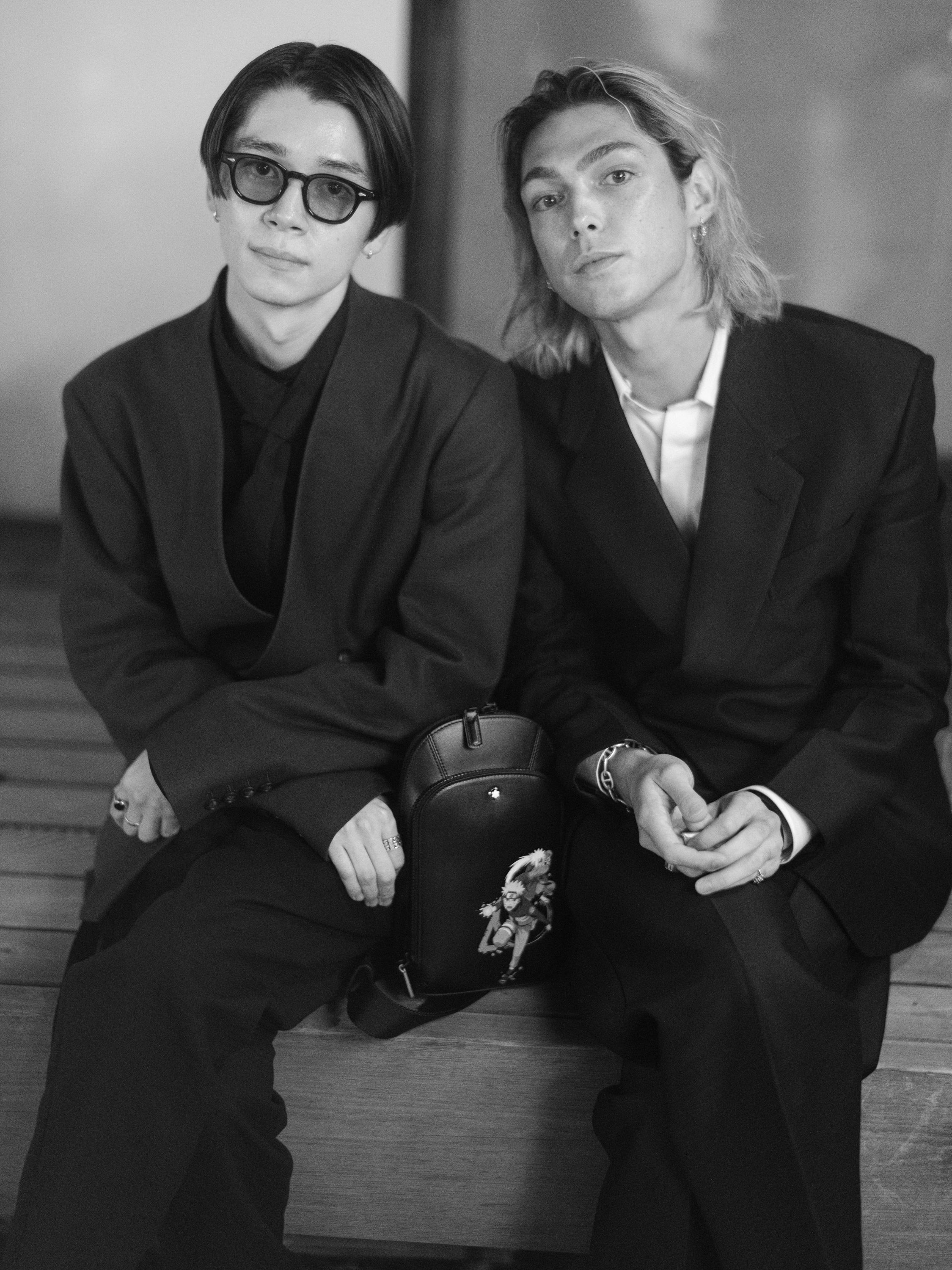
You mentioned the importance of elevating materials in the Naruto project, but you also referred to using new technologies in order to do that. Is this sort of an exercise in reconciliation as well, between an iconic but older technology – between tradition, even – and, say, digital cultures?
Sure. I think that as creatives we have an opportunity and a responsibility to restore and recuperate. You have a century of history in the Montblanc archive. This type of project is also about going into the legacy, into the code of the brand, and modernizing that. New technologies have a function here, but the process is also about connecting with the brand and bringing something to the original technology.
You mentioned the very famous collaboration that Louis Vuitton began with Takashi Murakami, which was roughly 20 years ago already. Since then, brand collaborations have obviously exploded. I am wondering what you foresee for that in the future, or in your wildest, craziest dreams for Montblanc. The possibilities seem endless today.
True. Collaborations permit you to go really far – for example to communicate with an artist from another country, as we did with Naruto. For Montblanc, doing collaborations is very natural. It comes easily. But it is also a very precise way of collaborating. All brands do collaborations now, but they are talking about them differently and making different types of choices. They’re not talking about writing.
In Tokyo it was so interesting to connect with Tokyo, where we didn’t just speak about the brand, but about writing, about correspondence, about the value of signs. A collaboration also has to seek a kind of truth. I don’t like brand collaborations that are purely strategic, that only serve the business side. Of course, then there are a million other things that come along that you have to do when you have a designed product – everything that is on the side of production, communication, marketing. These things that are just realities when you are bringing something into being. What I find interesting, though, is constructing a moment of truth through collaboration – and that’s what has to come first.
This idea of authenticity goes back to material values and to this responsibility to transmit tangible things to a generation for whom devices have interrupted a connection to real experience. I find Instagram and social media very creative, I love it because I can look and discover things – on Instagram, Pinterest, and so on – but I also love buying a book. I love touching things. When you are drawn to working with leather, you adore materials. It’s a relationship I’ve had for my entire life. With Covid, for example, it was a disaster not being able to touch things. Leather is like skin – you have to touch it, you have to know how it feels. I want to do collaborations that are just as real as that touch. You can’t touch a leather over WhatsApp.
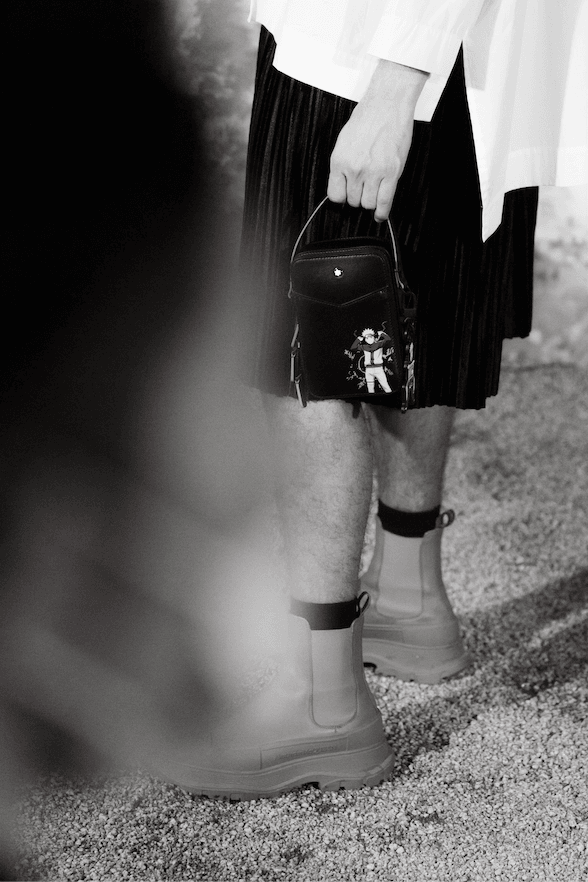
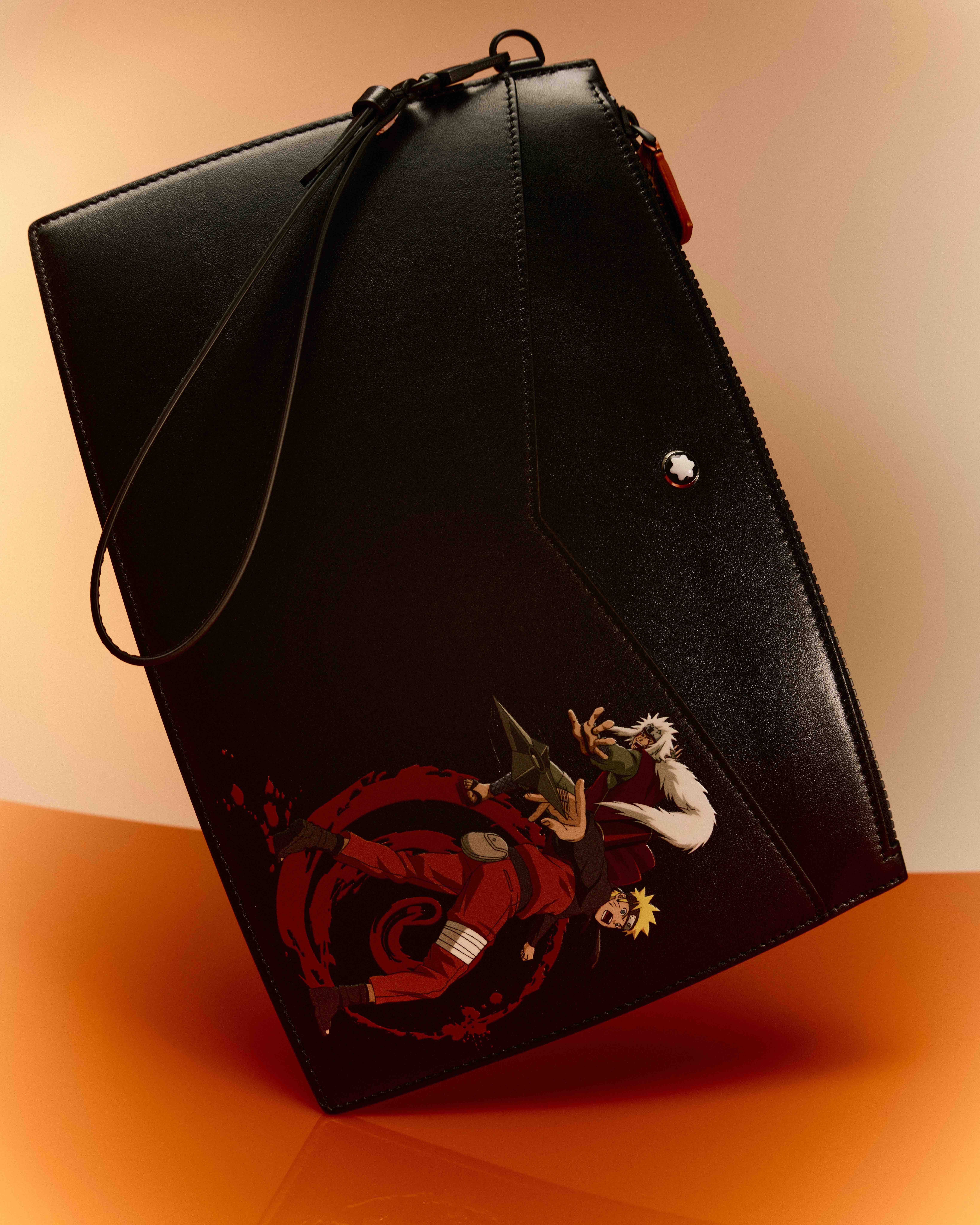
So your approach to collaboration is like a correspondence, even, in the traditional sense – an exchange of hand-written letters. But I imagine there is a pressure to be quite spectacular with collaborations these days, too – to build entire worlds inside stadiums. How do you scale that idea of correspondence up?
Of course, I have a lot of ideas about big collaborations, some that I’ve been thinking about for a long time. But whether it is a collaboration with an artist, a filmmaker, a musician, or anything, striving for authenticity is above all about deepening a connection, much more than it is about scaling up. I think that Montblanc has a force that is capable of building a deep, personal relationship. It is about intimacy above all.
Credits
- Photography: Virgile Guinard
- : Delfie Seefeld
Related Content
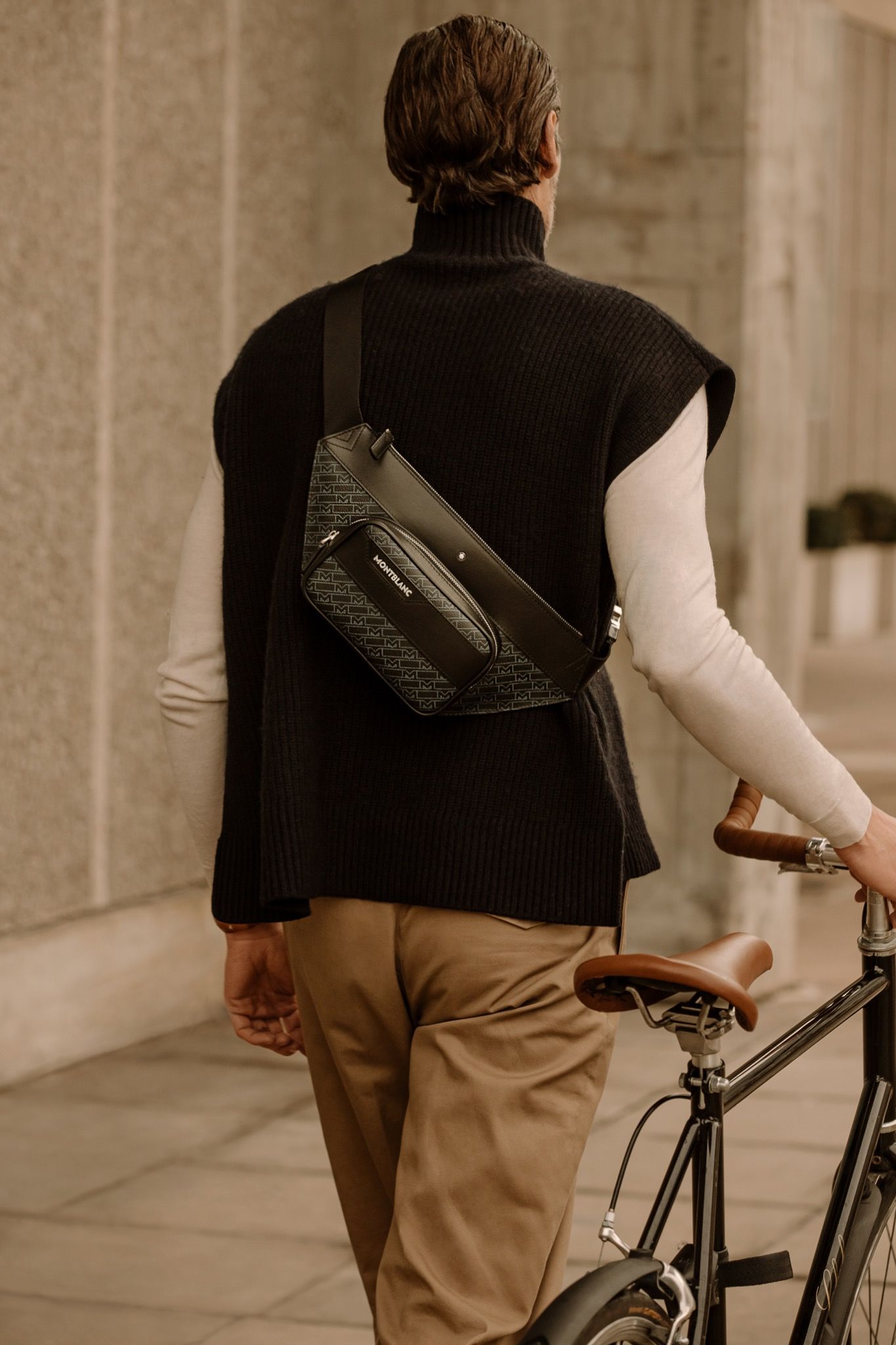
M_GRAM 4810: “Product in Movement”
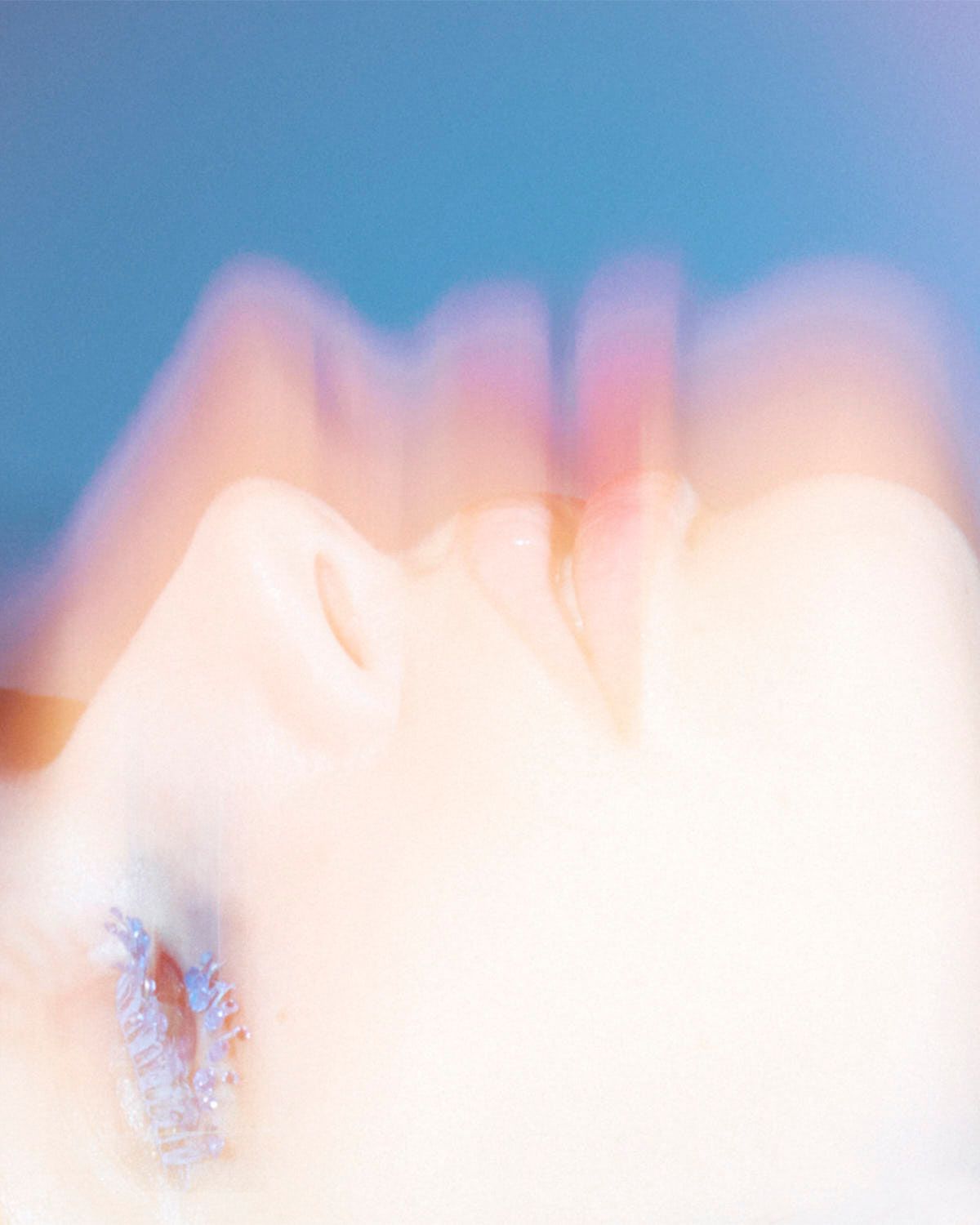
KNWLS Caters to Adrenaline Junkies in Their S/S-22 Campaign
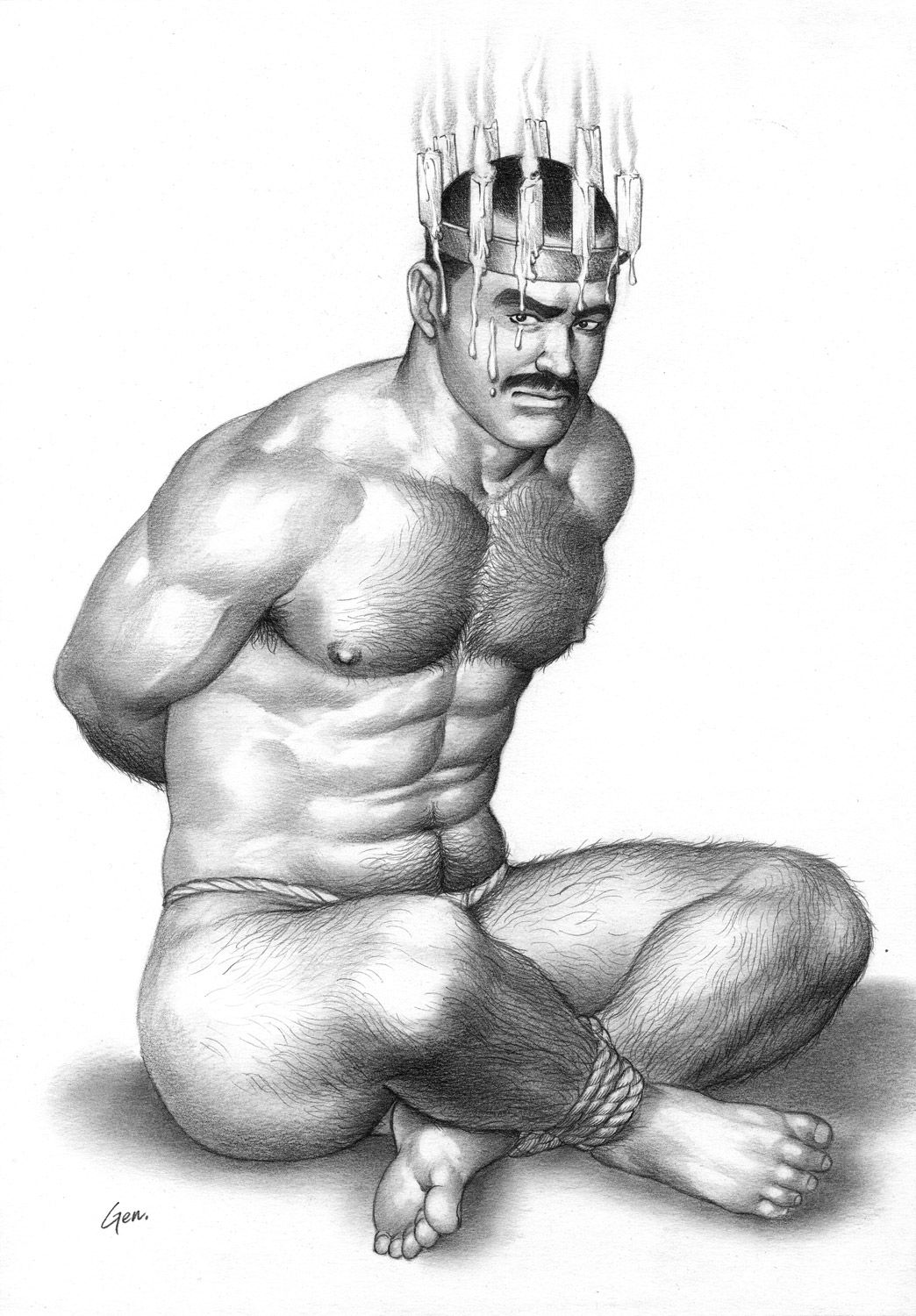
Japan’s Master of Gay BDSM Manga GENGOROH TAGAME Opens Up to 032c
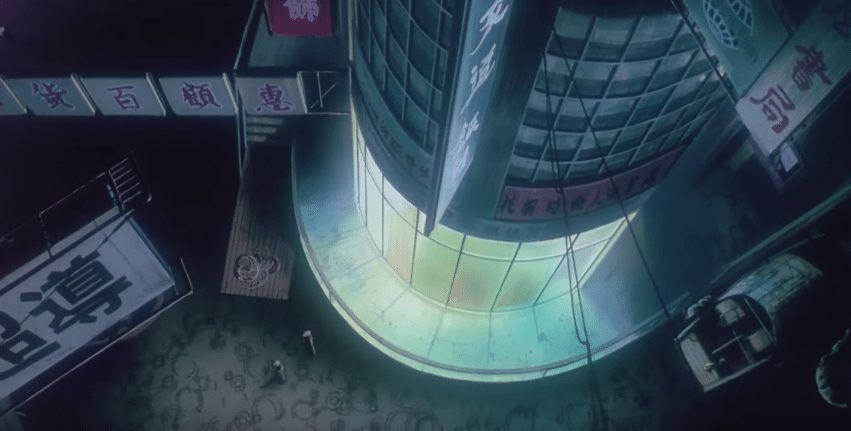
Anime Architecture: How GHOST IN THE SHELL was Built
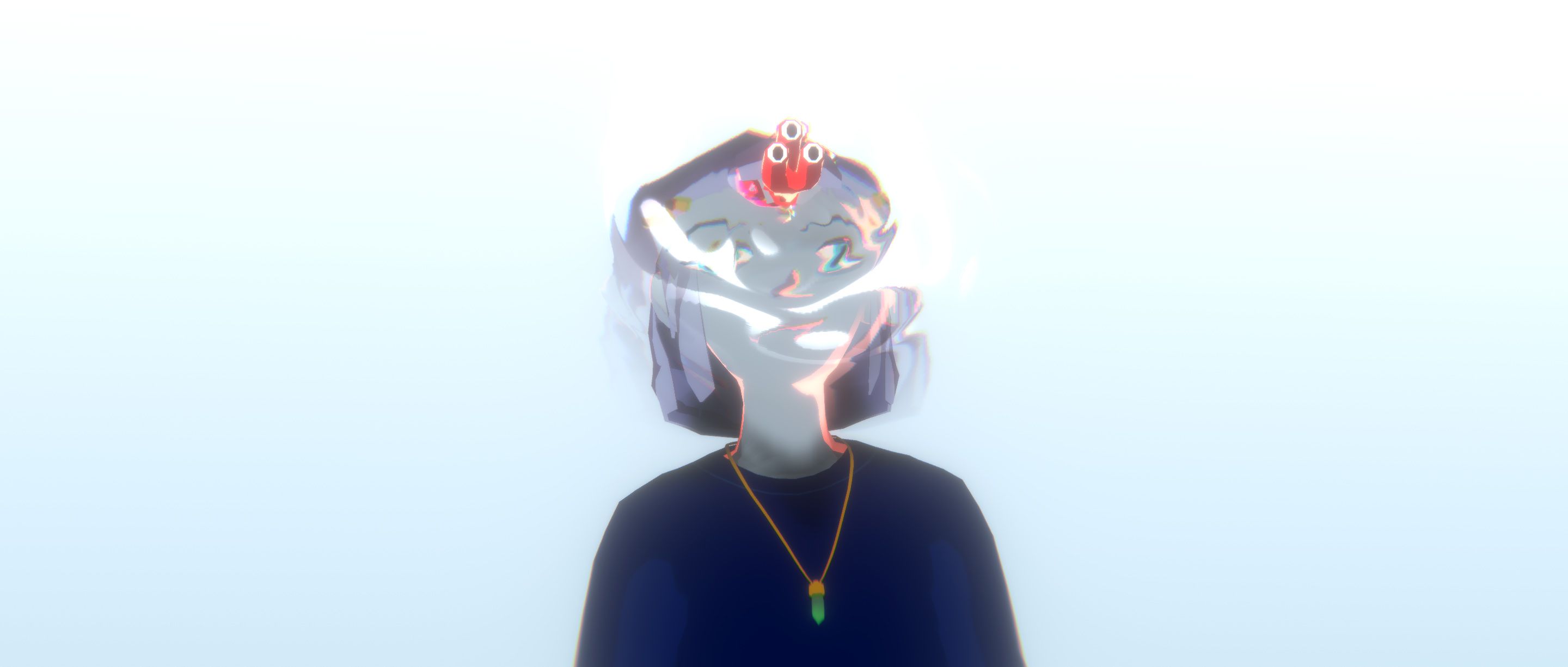
A Great Anomic Era: IAN CHENG
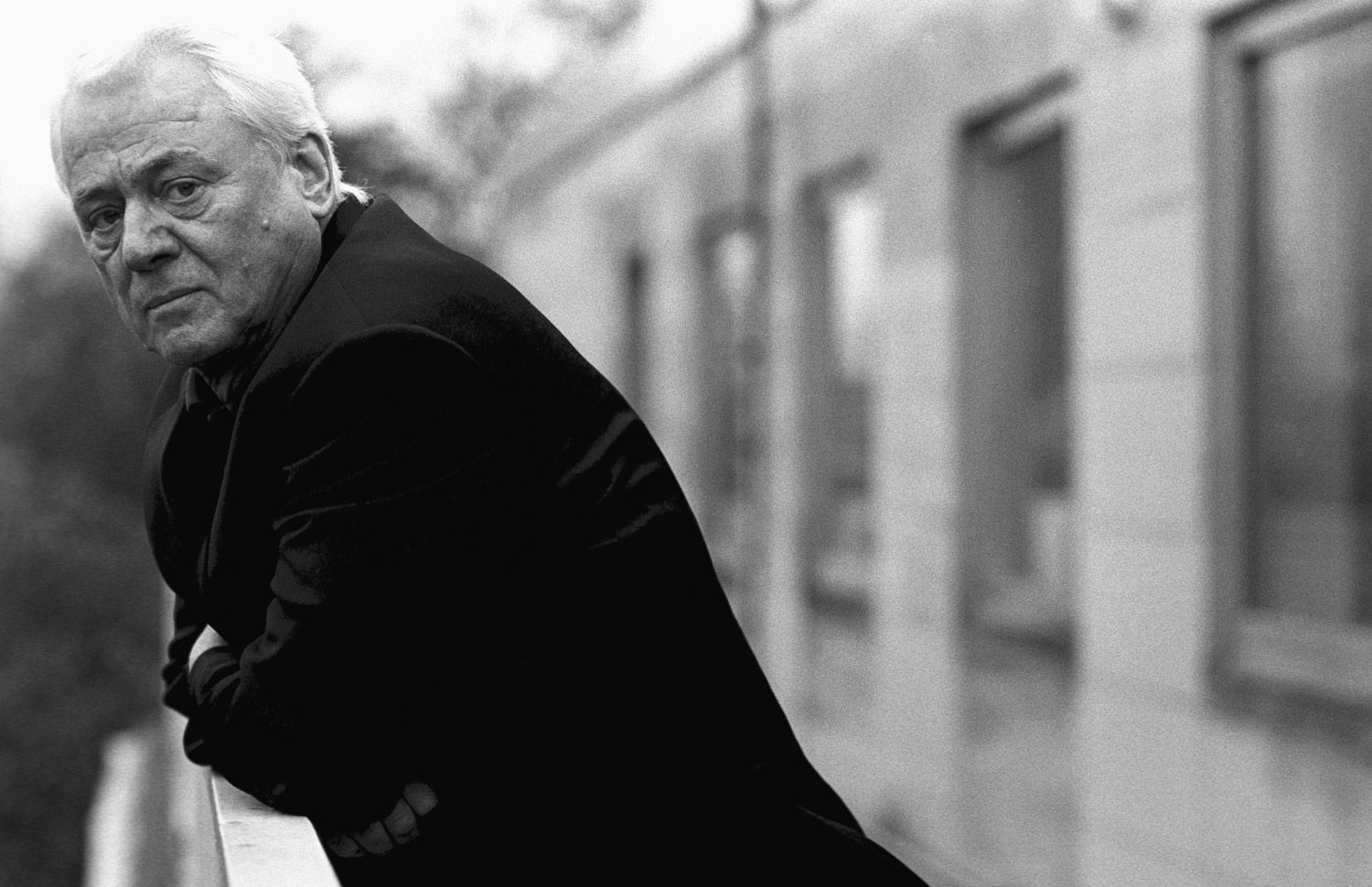
ALEXANDER KLUGE: Writing Attitude
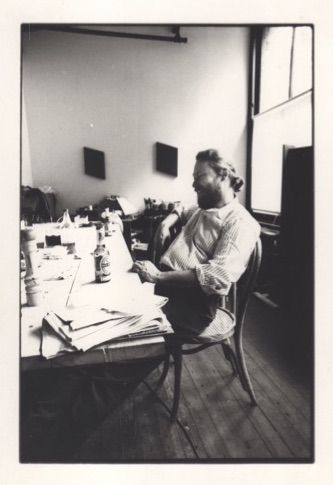
DONALD JUDD writings: Eight Transmissions from the Grumpy Ur-Minimalist
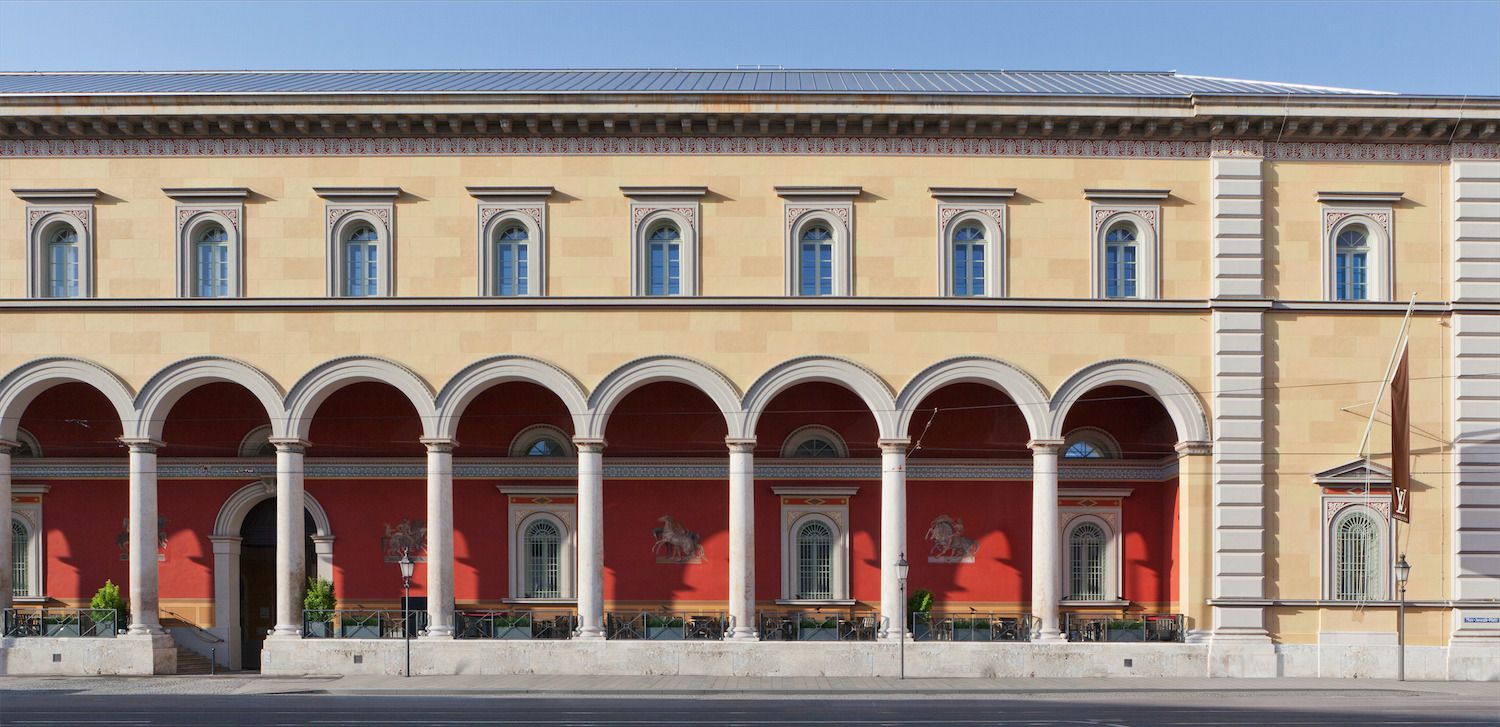
“No Such Thing as History” at Espace Louis Vuitton in Munich